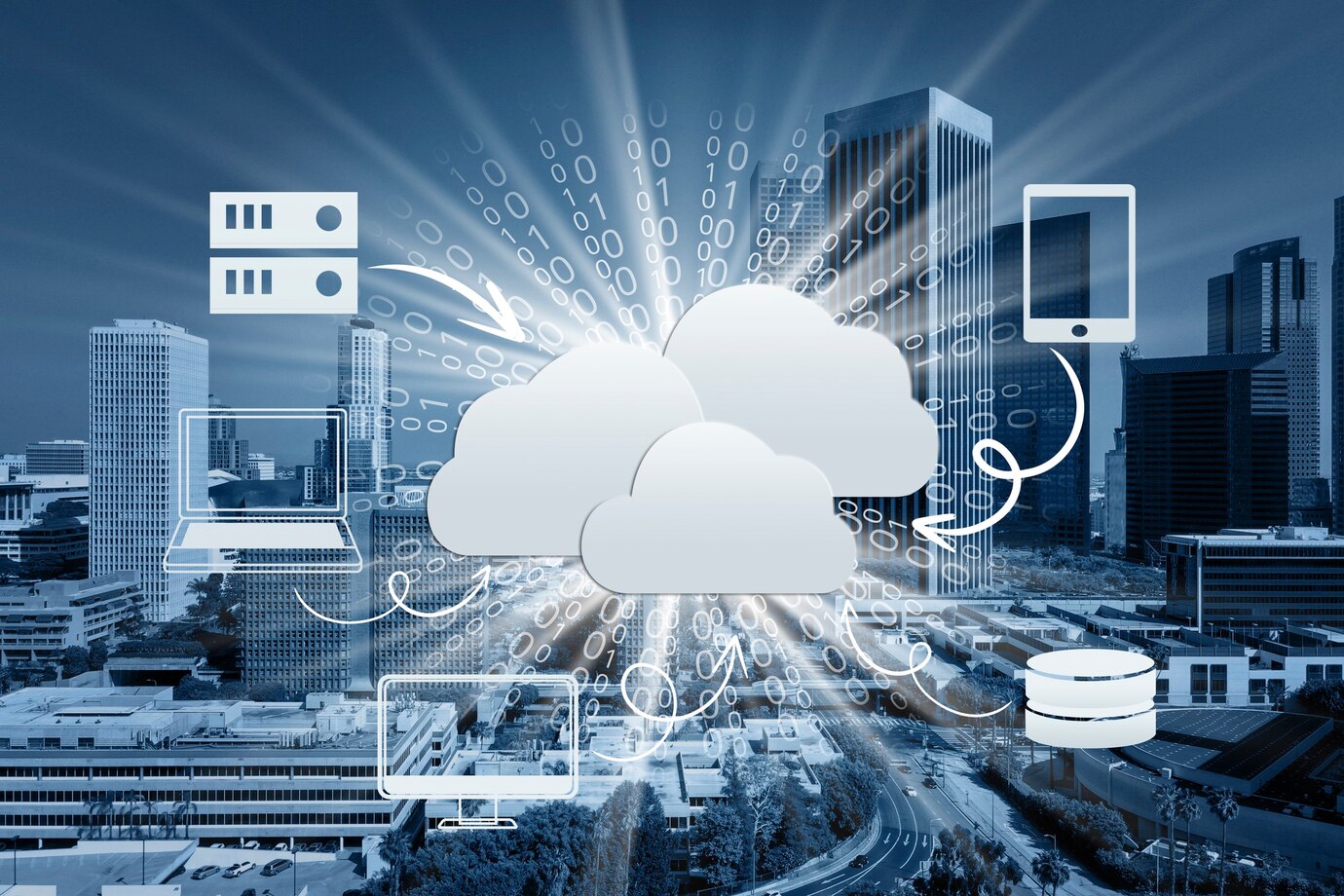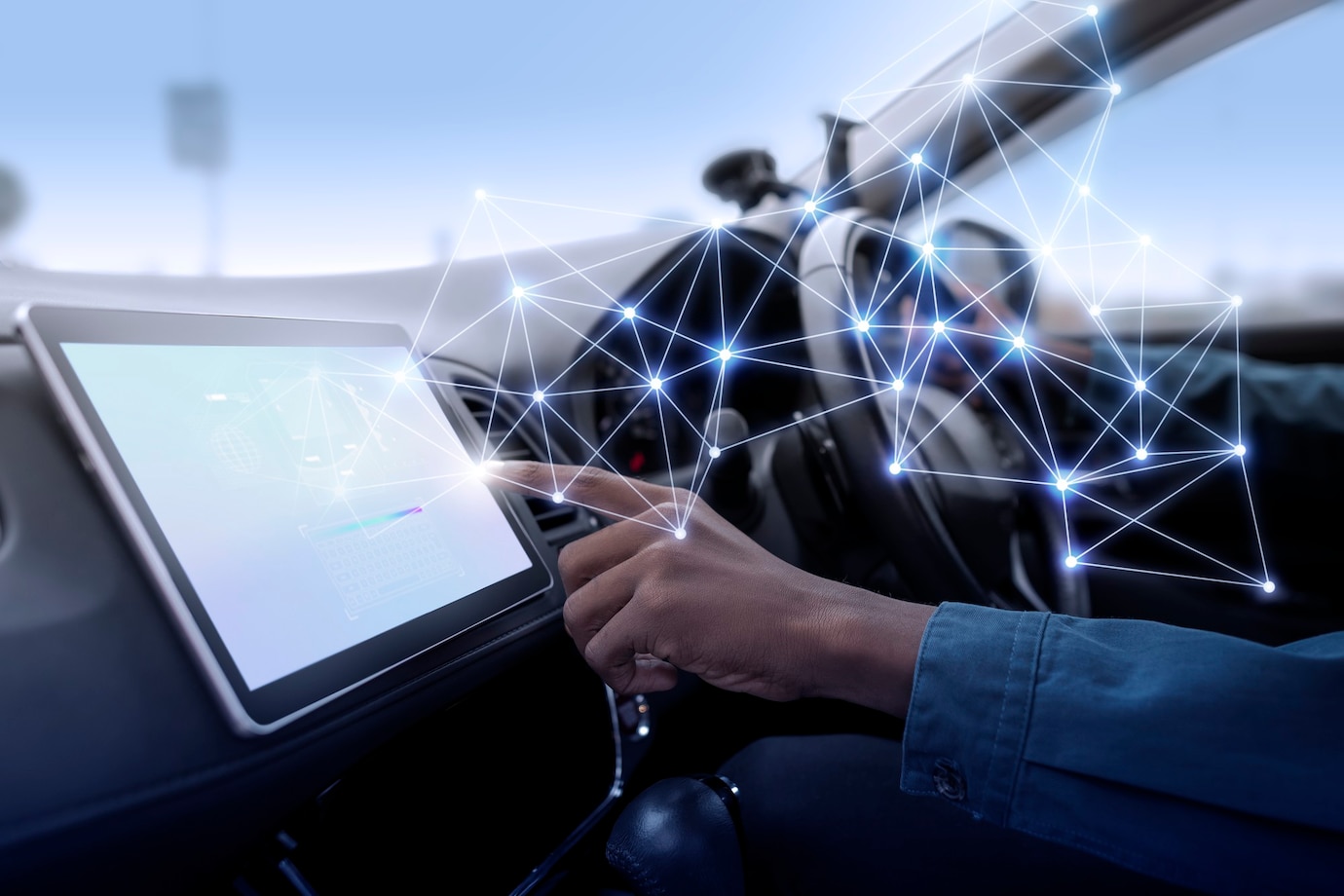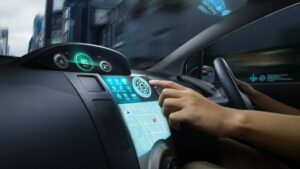The Technology Blog

Understanding Edge Computing and Its Benefits
In today’s data-driven world, the need for faster, more efficient data processing is higher than ever. As businesses and devices create more data, traditional cloud computing may struggle. It often can’t meet the need for quick responses. This is where edge computing comes in.
Edge computing has emerged as a powerful solution to manage data closer to where it’s generated—at the “edge” of the network. Edge computing is changing how we handle data. It impacts smart homes, self-driving cars, and factories.
Let’s break down what edge computing is, how it works, how it compares with cloud computing, and the benefits it brings to modern technology.
What is Edge Computing?

Edge computing means processing data close to where it is created instead of using a central cloud server. It processes data locally instead of sending it all to the cloud, often on the device itself or a nearby edge server.
In a smart factory, edge computing lets sensors and machines analyse data right away. This cuts down on delays that happen when data must go to a far-off cloud server and back.
This method saves time and cuts bandwidth use. It also improves privacy by limiting data sent over the internet.
Edge Computing vs Cloud Computing
While both edge and cloud computing are about data storage and processing, the main difference lies in where and how this happens.
| Feature | Cloud Computing | Edge Computing |
| Location of Processing | Centralised in data centres | Distributed near data source |
| Latency | Higher due to the distance | Lower, real-time processing |
| Internet Dependency | Requires continuous connection | Can operate with limited connectivity |
| Security | Central security model | Localised, more control over data |
| Scalability | Highly scalable | Limited by local hardware |
Cloud computing is ideal for large-scale data storage and centralised management. However, edge computing shines when time-sensitive data and local control are critical.
Key Benefits of Edge Computing
1. Faster Response Times

Because data is processed near its source, edge computing drastically reduces latency. This is especially important for applications that require real-time feedback, such as:
- Self-driving cars
- Industrial automation
- Augmented reality (AR) and virtual reality (VR)
- Health monitoring devices
By removing the round-trip to the cloud, devices can react instantly to changes or new data.
2. Reduced Bandwidth Costs
Transmitting vast amounts of raw data to the cloud can become expensive and inefficient. Edge computing limits this need by filtering and processing data locally. Only the most essential data is sent to the cloud, reducing bandwidth usage and associated costs.
3. Improved Data Privacy and Security

When data doesn’t leave the local device or network, the risk of interception is reduced. This makes edge computing particularly appealing for:
- Financial services
- Healthcare applications
- Smart cities and surveillance systems
Organisations can better manage sensitive information. This makes it easier to comply with data protection rules.
4. Greater Reliability
In environments where network connectivity is weak or inconsistent, cloud-dependent systems may fail. Edge computing lets devices work offline or with little internet access.
For instance, edge-based systems can keep key operations going at remote oil rigs or disaster zones without needing cloud support.
5. Real-Time Decision Making
Edge computing supports fast decision-making without waiting for cloud approval. In a smart grid, sensors detect overloads or outages. They quickly adjust power flows to prevent larger failures.
This localised intelligence empowers more responsive and autonomous systems across industries.
Real-World Applications of Edge Computing
Smart Cities
Edge computing lets traffic lights, safety cameras, and transport systems handle data locally. This allows for quick, real-time adjustments. This can lead to more efficient transportation, better energy use, and safer public spaces.
Healthcare
Edge devices in hospitals or remote clinics can monitor patient vitals. They alert staff right away during emergencies. This means no delays from uploading data to a central server.
Retail
Retail stores use edge computing for in-store analytics, personalised advertising, and inventory management. Smart shelves can sense low stock and automatically request restocking. No human help is needed.
Manufacturing
Edge computing supports predictive maintenance in factories. Machines can track their performance. They can also warn of potential breakdowns before they occur. This helps reduce downtime and cut costs.
Autonomous Vehicles
Self-driving cars depend heavily on edge computing to make split-second decisions based on sensor input. Delays caused by cloud processing could lead to accidents. By keeping computation on board, safety and performance are vastly improved.
Challenges of Edge Computing
While edge computing offers many benefits, it’s not without challenges:
- Device management: To manage many edge devices in different locations, you need strong infrastructure and IT support.
- Security: Local processing boosts privacy, but edge devices can still be at risk if not secured properly.
- Cost: Setting up edge infrastructure may require investment in specialised hardware.
- Data consistency: Synchronising data between edge and cloud environments can be complex.
Even with these challenges, the benefits usually surpass the problems. This is especially true for industries that need speed, independence, and real-time data.
The Future of Edge Computing
As more devices become connected through the Internet of Things (IoT), the demand for edge computing will continue to rise. 5G technology is making edge computing better. It cuts down on latency and boosts mobile connectivity.
In the coming years, we can expect edge computing to:
- Support more AI and machine learning tasks directly on devices
- Improve autonomous systems across sectors
- Enable faster and more secure user experiences in both consumer and enterprise settings
Tech giants and startups alike are investing in edge computing solutions, signalling their importance in the future of digital infrastructure.
Final Thoughts: Why Edge Computing Matters
Edge computing is more than just a technological trend—it’s a fundamental shift in how we handle data in a fast-paced, digital world. Edge technology speeds up, secures, and improves operations by placing computation near data creation. This benefits many sectors.
From smart homes and cities to advanced healthcare and manufacturing, the benefits of edge computing are real and measurable. As this field evolves, embracing its potential will be crucial for businesses and developers looking to stay ahead of the curve.









